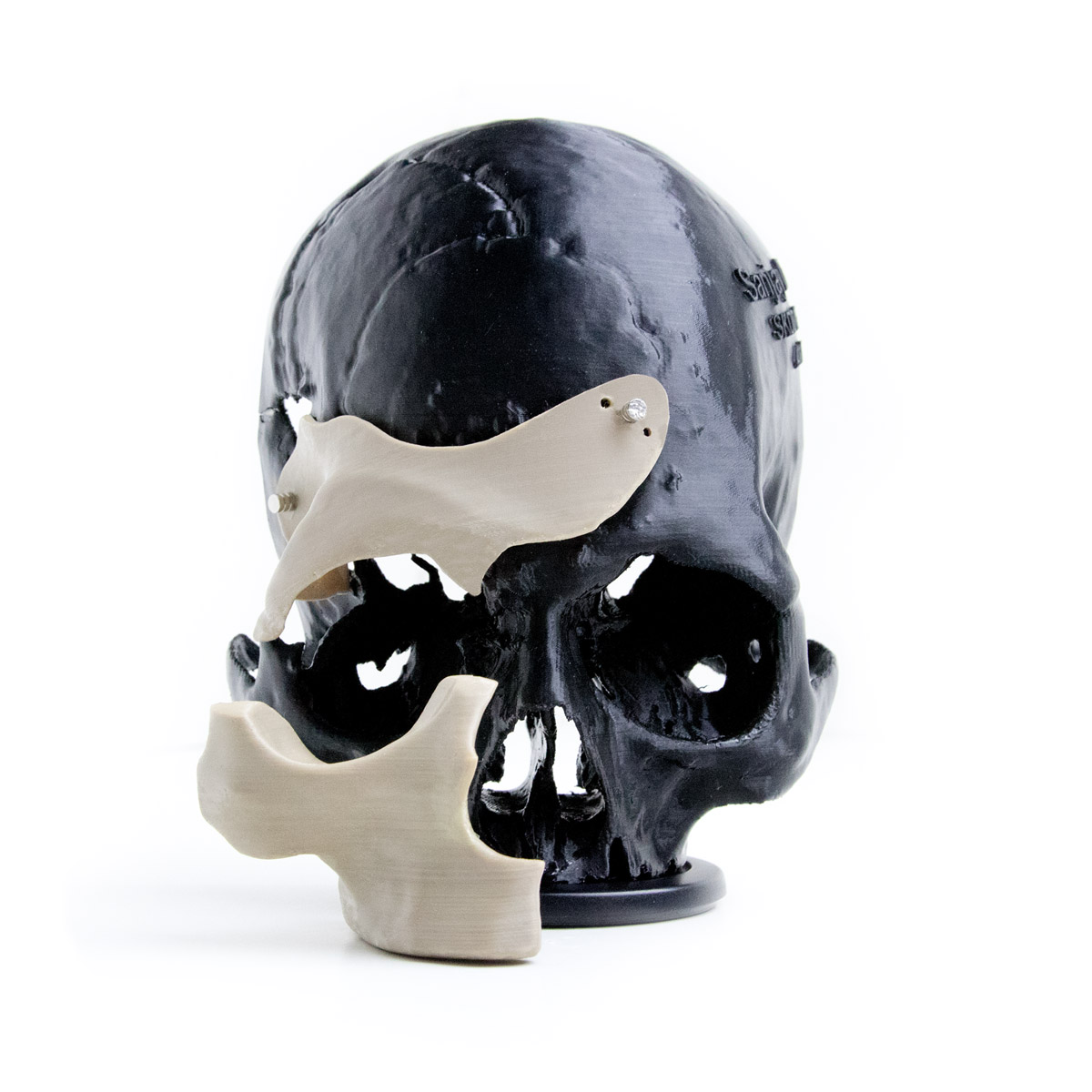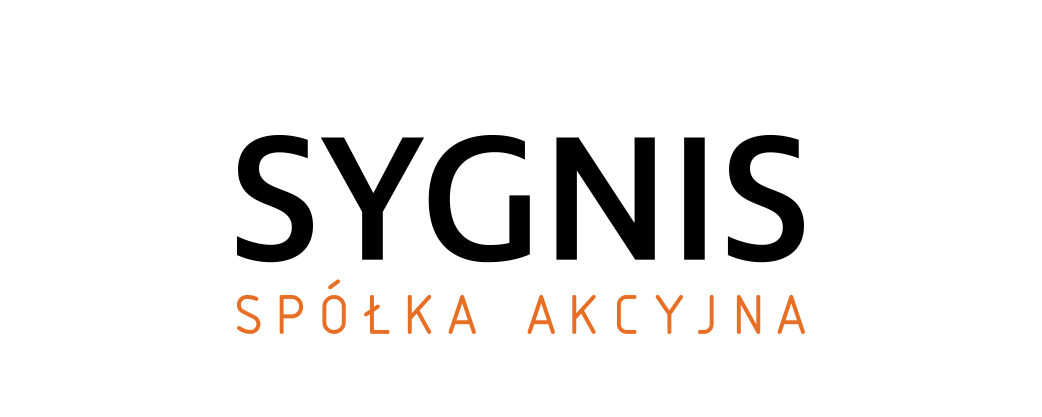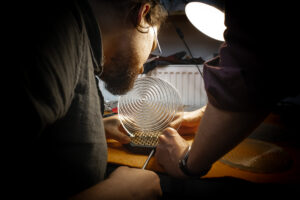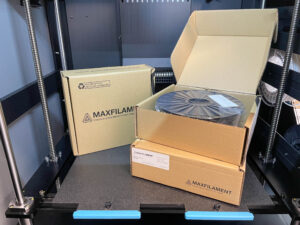Sygnis Bio Technologies experts share their knowledge of how additive technologies become the hope of personalized medicine for the cost-effective production of personalized implants, radiotherapy accessories and tissue models.
For several years, we have been observing the rapid development of 3D printing technology and the increasingly wider range of its applications both in industry and art, but also in medicine. All over the world, many small and large enterprises improve their production processes with efficient 3D printers. Additive manufacturing has also become an indispensable part of bio-chemical laboratories and clinical facilities. Some applications require multidisciplinary teams and years of research into the optimal printing method and selection of appropriate materials.
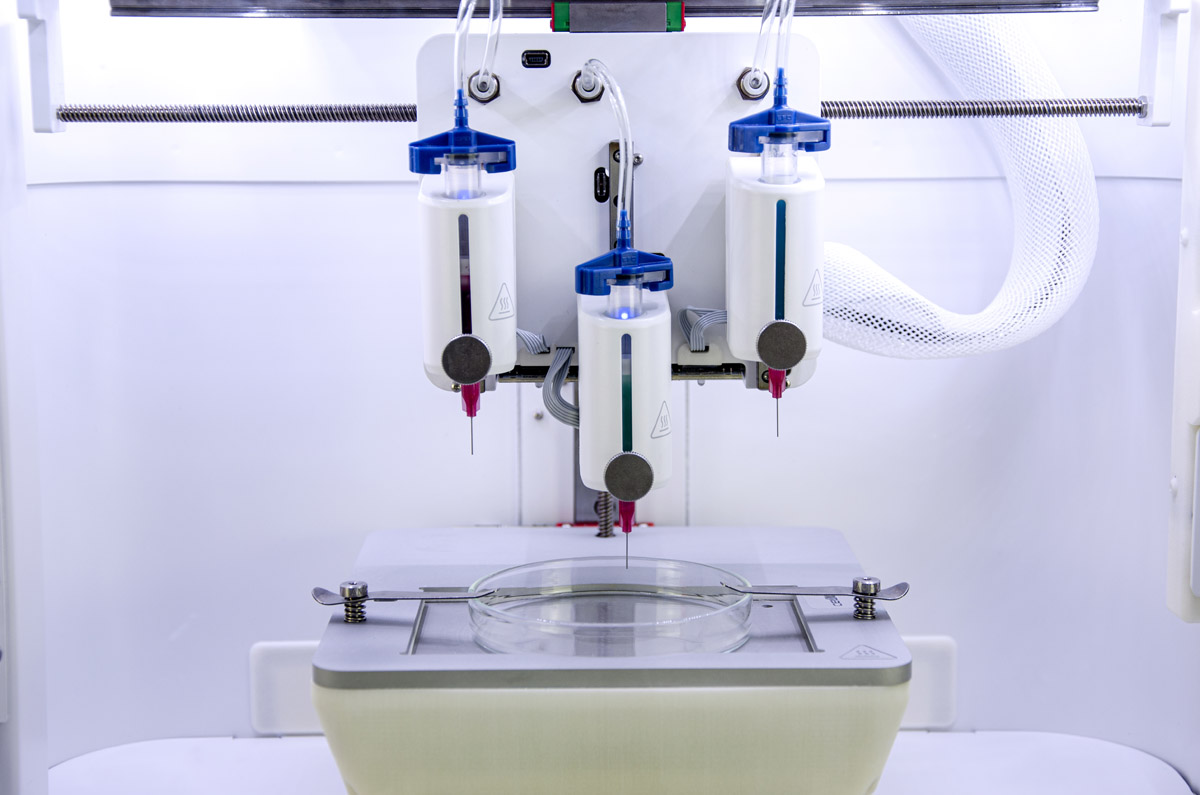
Software
As is well known, 3D printing allows the production of physical elements based on a digital model. As in the case of CNC machine tools, 3D printers are numerically controlled, and all commands and operations are performed from the previously generated g-code. While for many users the operation of the device itself was not problematic, the biggest barrier was the preparation of the model itself. For many years it was the task assigned only to qualified professionals who used expensive software. In particular, biomedical applications required certified systems that were unavailable to the average user.
A few years ago, democratization also began in the field of 3D design software. Many simple and free programs have appeared for users of 3D printers and the first comprehensive systems that allowed for modelling elements and sending them directly to the device.
It also became possible to create a final product based on a 2D technical drawing or to build it from basic geometric solids. In addition to systems dedicated to a specific device (eg FlashPrint), there are many universal open-source programs supporting 3D printing and generators of advanced structures. At the end of 2019, Prellis Biologics published a web application that enables the generation of three-dimensional models of vascularized scaffolds.
Systems of this type open up the possibility of supporting 3D bioprinters to people with basic knowledge of computer model design, including scientists dealing with biology or chemistry on a daily basis. As competition grows, the prices of professional 3D design programs decrease, and consequently their availability for novice users increases significantly.
Materials used in 3D printing
3D printing allows users to choose from a huge range of materials. Depending on the technology, we can use polylactide filaments, liquid resins, metal powders or hydrogels. However, it should be remembered that all materials used for the production of elements that come into direct contact with the patient must undergo appropriate certifications and tests.
The production of elements implantable into a living organism requires the use of a material that is resistant both mechanically and biochemically. An excellent material for implantological applications is PEEK (PoliEteroEteroKeton), but due to its melting point close to 350 ° C, its processing is very complicated and requires specialized equipment.
In terms of the appropriate selection of materials, the most advanced and multidisciplinary knowledge is required by the 3D bioprinting technology. The bioinks must provide adequate chemical and mechanical stimuli to the living cells embedded in them and protect them during the printing process. It is not enough if the cells placed in the hydrogel are only passively suspended in it. Moreover, the bioink should facilitate and induce mutual contact between cells and enable the development of the extracellular matrix. Meeting all these requirements is crucial for the formation of new tissue while maintaining its original functions.
3D bioprinting is the gateway to the world of innovations
There are many research groups worldwide that try to overcome the obstacles that arise in the implementation of new technologies in medicine and biotechnology on a daily basis. The 3D bioprinting process requires a multidisciplinary approach and a combination of knowledge from the borderline of medicine, biology, chemistry, but also mechanics and physics. As a result, new methods of producing three-dimensional biological structures are regularly developed, often dedicated to a specific type of cell or application. Sometimes small modifications, e.g. in the form of modification of the extrusion method, are of great importance in the bioprinting of models with a specific purpose and properties. Advanced applications of 3D printing require knowledge of the current state of the global market, both on scientific and industrial grounds. Due to the multitude of new additive technologies and materials used / applied, it is often necessary to use the help of people with experience and an appropriate knowledge base. Years of practice in the 3D printing and bioprinting industry, numerous qualifications and a comprehensive approach to technological problems distinguish the Sygnis group in this matter.
Bioprinting does not only involve building a device or keeping cells alive, but consists of a series of steps that must be properly carried out to obtain the desired effect. For this reason, the greatest strength of Sygnis Bio Technologies is an interdisciplinary team consisting of, among others, biomedical engineers and physicists who are able to design and manufacture tissue models from start to finish. Several years of experience and numerous implementations in research centers testify to broad horizons and opportunities.
“The key to success in exploring new paths, as well as in the search for optimized solutions, is definitely creating the right team of people with outstanding skills in several areas. We managed to create a unique team, diverse in terms of gender, education, and above all, hungry for new knowledge and having the ability to acquire it. There is nothing I enjoy more than employee’s intellectual hyperactivity, which they present every day looking for new, undiscovered things! ” – Grzegorz Kaszyński, CEO of Sygnis Bio Technologies.
The Sygnis Technological Group is not only Sygnis Bio Technologies. Its sister company, Sygnis New Technologies, has been introducing engineering solutions in biomedical sciences for years. The role of an expert in their implementation does not only mean providing the appropriate equipment. An individual approach to the client and the ability to adapt the application to his needs are also extremely important. The desire for continuous development, searching for non-standard solutions and overcoming emerging obstacles is the basis of success in the new technologies industry. It is not without reason that the Sygnis Technological Group is more and more often called the Hatchery of Innovation. “The extension of the Sygnis Technological Group with the biotechnology department allowed us to implement new ideas and solutions even more effectively. It was the missing puzzle in our competences. More and more often we successfully use the 3D printing techniques in industry. Our team creates great development opportunities for our customers and our own research projects by permanently using all 30 additive technologies and microscopy we dispose on a daily basis.” – Andrzej Burgs, CEO of Sygnis New Technologies and co-founder of the Sygnis Technological Group.
CASE STUDIES
Laboratory equipment
The FDM technology enables the production of simple everyday objects. An example of usage of 3D printing in a laboratory is the production of unique stands or holders for dedicated applications.
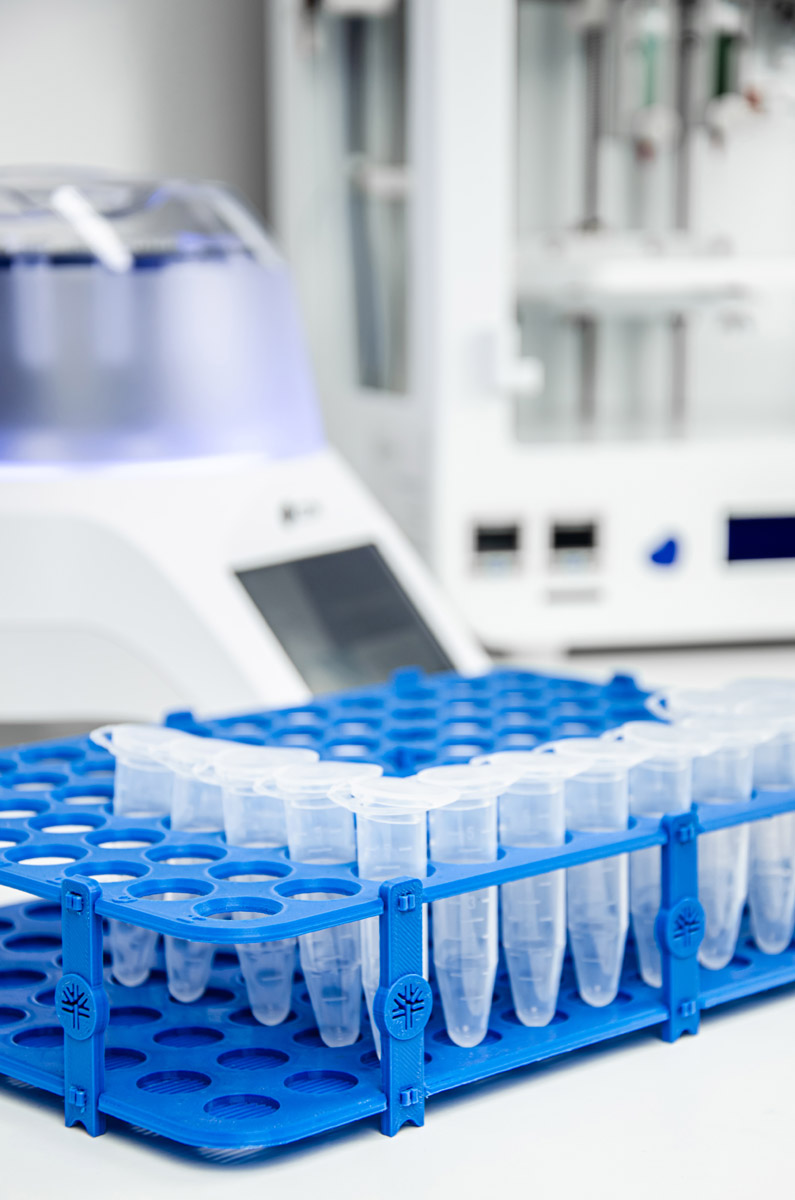
Implantology
Personalized medicine also covers the area of manufacturing personalized prosthesis and implants that will improve the quality of the patient’s life.
Apium’s M220 printer is the first in the world to print certified implants, personalized for the patient’s anatomy from biocompatible PEEK.
